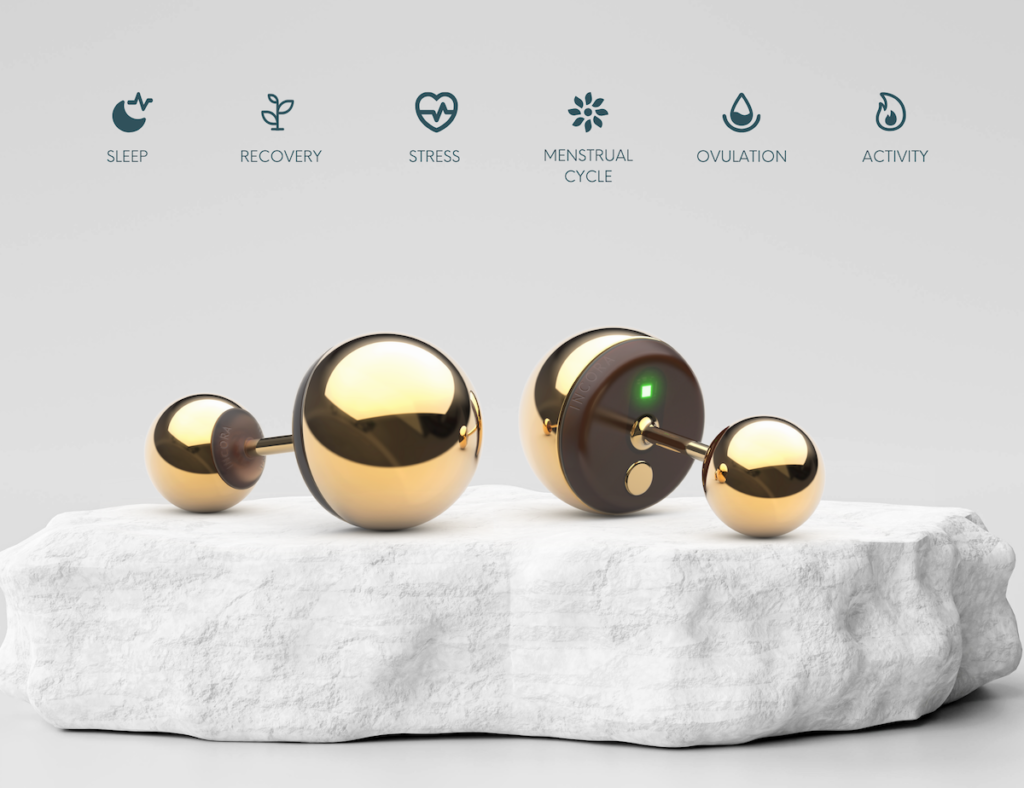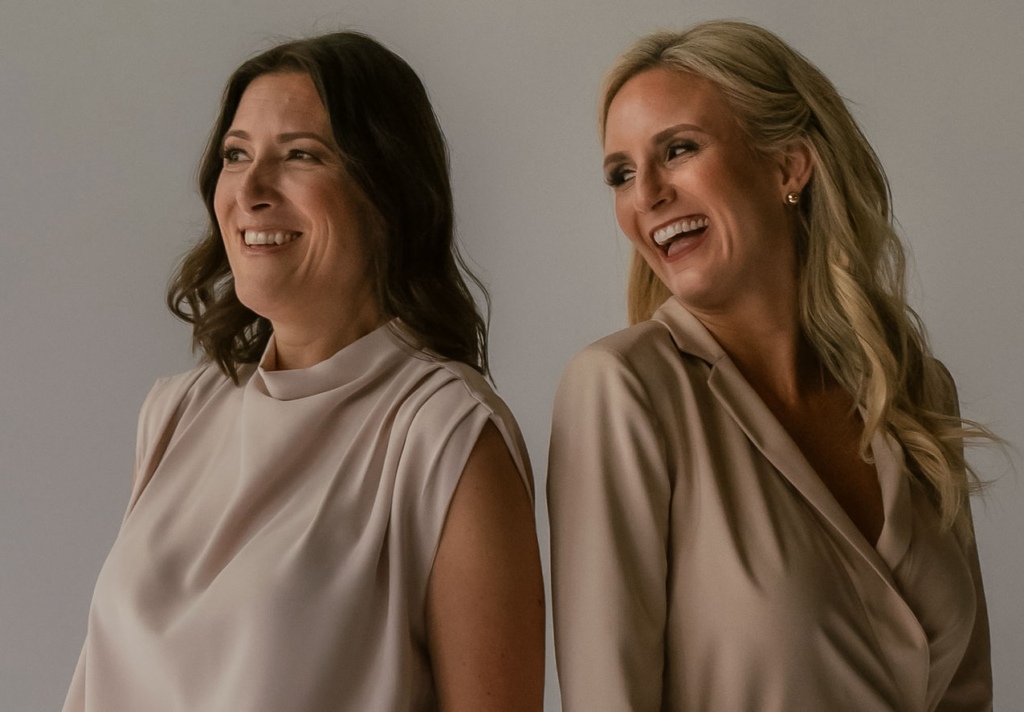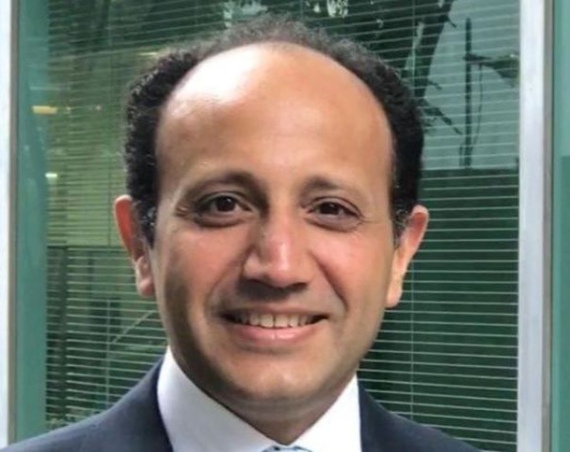
When Theresa Gevaert found herself pregnant with her third child, she dreaded returning to the tedious morning ritual of fertility tracking. The former broadcast journalist and TV producer would need to wake before dawn, reach for a thermometer without sitting up, and wait several minutes for a basal body temperature reading – all before her first sip of coffee.
“It was driving me crazy,” Gevaert recalls. “One day while driving to buy a minivan with my husband, I was complaining about how restrictive it felt. He mentioned that accurate temperature readings require vascularized tissue, and suddenly it clicked – my earring post passes through vascularized tissue in my ear. Could we embed a thermometer there instead?”
This moment of frustration-fueled insight has evolved into Incora Health, a femtech startup preparing to launch smart earrings that track women’s health metrics through the ear. The company’s journey from backyard prototypes to clinical validation illustrates both the challenges and opportunities in developing women’s health technologies that balance medical precision with everyday wearability.
Finding the Right Expertise
Gevaert and her husband, who holds a PhD in Biomedical Engineering, created initial prototypes that confirmed their concept’s potential. “We built these clunky wearables that looked like sleeping with a walkie-talkie connected by a wire through my ear,” Gevaert laughs. “But the temperature data was promising.”
To transform this rough concept into a sophisticated medical device, they turned to Dr. Lindsey Calcutt, a biomedical engineer with 15 years of experience commercializing medical technologies. Despite knowing Gevaert’s family for years, Calcutt initially hesitated to join the venture.
That changed after her own harrowing childbirth experience. “I had significant complications during my pregnancy,” Calcutt explains, her voice softening. “What shocked me most was that despite my doctorate in Biomedical Engineering and healthcare background, I couldn’t get basic answers about my recovery. My OBGYN couldn’t even answer what I thought were straightforward questions about how my body was healing.”
This experience changed Calcutt’s professional focus. “I realized that if women don’t address these gaps in healthcare, nobody will,” she says. In March 2022, she joined forces with Gevaert to formally establish Incora Health.
Clinical Foundations in a Consumer Market
From its inception, Incora has walked the line between consumer wearable and medical device – a positioning shaped by Calcutt’s background bringing regulated medical products to market.
“We identified a fundamental gap in the wearable market,” Calcutt explains. “Consumer devices weren’t accurate enough for clinical settings, while medical devices weren’t designed for everyday wear. We’ve built our company with scientific expertise at its core to bridge that divide.”
This approach led to a partnership with the University of South Carolina School of Medicine and Prisma Health, resulting in an IRB-approved clinical trial that validated their technology compared to FDA-cleared devices. The trial examined the accuracy of temperature, heart rate, and blood oxygenation measurements taken through the ear compared to wrist-worn devices and medical standards.

Creative Funding for a “Niche Market”
Like many femtech founders, Incora’s team has faced the paradox of women’s health funding: Developing solutions for half the population while being treated as a specialty market.
“Women’s health is considered niche despite representing 50% of the population,” Gevaert notes with a hint of irony.
While Incora has an ongoing pre-seed round, much of their progress has been powered by non-dilutive funding. Their medical school partnership funded substantial product development and a complete clinical trial – a rare accomplishment for an early-stage startup.
“We’ve been incredibly scrappy,” Calcutt acknowledges. “The hospital was so excited about our technology that they funded much of our development through a sponsorship program.”
Additional support came through an NIH maternal health grant and participation in Guidea’s Femovate program.
Beyond Fertility: A Platform for Women’s Health
Though Incora began with fertility tracking, their vision extends much further. Their sensors measure not just temperature but heart rate variability and blood oxygenation – parameters with implications for maternal health, autoimmune conditions, and mental health.
“Reproductive health is not all of women’s health – we’re more than that,” Calcutt emphasizes. “We’re particularly interested in postpartum depression and infection detection after delivery, which is one of the primary reasons mothers die within six weeks of childbirth in the U.S.”
This broader health focus has attracted attention from major research institutions. The company recently applied for a grant with Harvard and Massachusetts General Hospital to study relationships between menstrual cycles and depression symptoms, with the goal of identifying predictive patterns before symptoms intensify.
Designed Around Women’s Bodies
Perhaps the most fundamental difference in Incora’s approach is their recognition of women’s cyclical physiology. While most wearables on the market provide identical recommendations regardless of hormonal state, Incora’s technology accounts for menstrual phase in its guidance.
“The Oura Ring, Apple Watch – they’re all based on a man’s relatively stable hormonal cycle,” Calcutt explains. “The insights you receive are identical every day, regardless of where you are in your cycle, which is actually your fifth vital sign.”
This tailored approach enables more specific recommendations. Where a typical device might suggest better sleep hygiene, Incora might recognize that progesterone levels are affecting REM sleep and recommend specific interventions like magnesium supplementation or adjusting caffeine timing.

From Medical Device to Fashion Accessory
The company’s forthcoming product reflects this dual focus on clinical accuracy and everyday wearability. The earrings are reversible, designed to complement a woman’s existing jewelry rather than announce themselves as technology.
“This really isn’t going to look like some tech device glowing on your ear,” Calcutt says, touching the discrete earrings she’s wearing during our interview. “It’s beautiful jewelry that happens to contain sophisticated sensors.”
While Incora hasn’t announced a specific launch date, they’re building a waitlist and finalizing plans for their market entry. Beyond their initial product, they’re pursuing partnerships with other women’s health companies, focusing first on reproductive-age women before expanding to perimenopause and menopause.
“We believe collaboration is essential in women’s health,” Calcutt concludes. “By working together, we can finally start addressing the significant gaps in how technology serves women’s unique physiological needs.”



